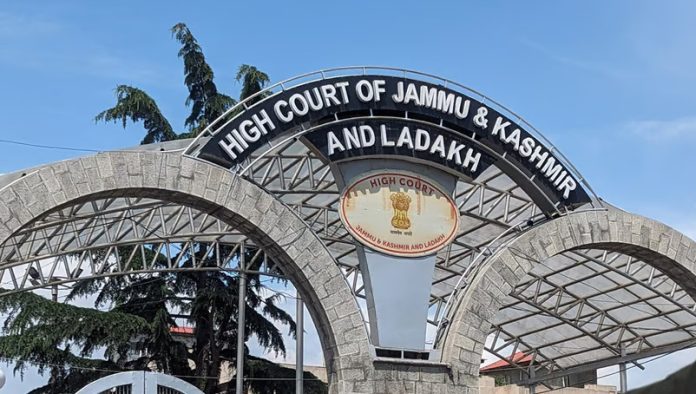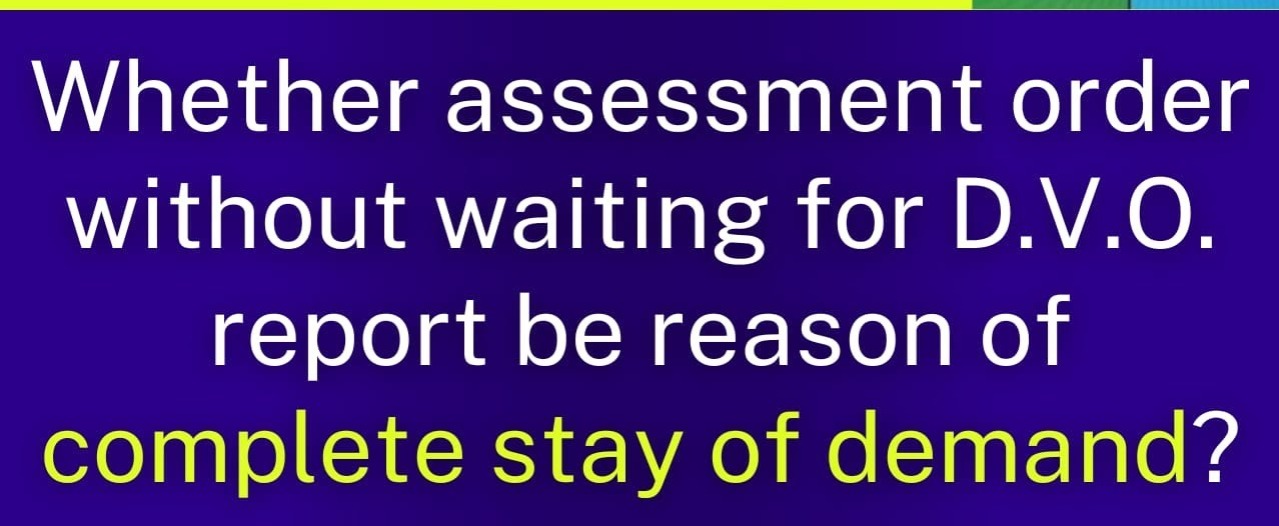1. This petition filed under Article 227 of the Constitution impugns the order dated 21.12.2012 (Annexure P/1) whereby the court below has rejected an application filed by the petitioner under section 65 of the Evidence Act. The petitioner filed the said application and prayed for taking photocopy of a letter/ communication dated 17.05.1975 on record with a further prayer that the said document may be treated as a secondary evidence.
2. Shri Ayush Choubey, learned counsel for the petitioner submits that necessary ingredients for treating the said document as secondary evidence were satisfied and, therefore, the court below should have allowed the aforesaid application. Since the original document dated 17.5.1975 was very old and could not be traced, the photocopy can be treated as secondary evidence. Reliance is placed in the case of Gwalior Development Authority Vs. Dushyant Sharma and others-2013(3) MPLJ-173.
3. Per contra, Shri Sourabh Soni, learned counsel for the respondents opposed the same and supported the impugned order.
4. No other point is pressed by learned counsel for the parties.
5. I have heard counsel for the parties at length and perused the record.
6. I have bestowed my anxious consideration on the rival contentions and perused the record.
2. Section 63 of Evidence Act reads as under:- ???Secondary Evidence means and includes-Certified copies given under the provisions hereinafter contained; Copies made from the original by mechanical processes which in themselves insure the accuracy of the copy, and copies compared with such copies; Copies made from or compared with the original; Counterparts of documents as against the parties who did not execute them; Oral accounts of the contents of a document given by some person who has himself seen it.??? Section 65 (c) reads as under:- ???When the original has been destroyed or lost, or when the party offering evidence of its contents cannot, for any other reason not arising from his own default or neglect, produce it in reasonable time;???
7. Section 63 makes it clear that only such copies which are made from the original by mechanical process and which were compared with the original can be treated as secondary evidence. The secondary evidence itself must be of the nature described in Section 63 . The photocopy of a document will not be admissible under Section 63 unless it is shown that it had been made from or compared with the original. Another aspect emanates from Section 65 (c) on which heavy reliance is placed by Shri Choubey. A plain reading of the said provision shows that secondary evidence is permissible when original has either been ''destroyed'' or ''lost''. This aspect is dealt with in Halsbury law in the following manner:
7. ???Where a document has been lost or destroyed, secondary evidence of its contents is admissible. The court must be satisfied that the document existed, that the loss or destruction has in fact taken place and that reasonable explanation of this has been given. Thus, a bona fide and diligent search must have been made in the place where the instrument would most properly be found, but not necessarily in every possible place; nor need the search have been made recently or for the purpose of the cause.???
8. Thus, one has to establish that the photocopy is of a document which actually existed. For this purpose ,there must be sufficient proof of the search for the original to render secondary evidence admissible. It must be established that the party has exhausted all resources and means in search of the documents which were available to him.
9. The Rajasthan High Court in AIR 1955 Rajasthan 179 ( Poonamchand v. Motilal and others ) opined as under:
8. ???Appellant''s learned counsel has also referred to a few other documents which are marked Exs.P.3 to P.7. Regarding these documents, it would suffice to say that they are not the original documents. They are only copies. The original documents have not been proved in any manner and, therefore, they are inadmissible in evidence.???
10. In AIR 1959 AP 568 ( Smt. Bobba Suramma v. Smt. Peddireddi Chandramma ), the High Court considered an earlier judgment reported in AIR 1958 AP 418 (Ananta Raghuram v. Rajah Bommadevara) and opined that there must be sufficient proof of the search for the original to render secondary evidence admissible. It must be established that the party has exhausted all resources and means in the search of the document which were available to him. In order to claim the benefits of section 65 of the Indian Evidence Act, there should be credible evidence of the loss of the original.
11. The same view is taken by Calcutta High Court in AIR 1968 Calcutta 532 ( M/s Parekh Brothers v. Kartick Chandra Saha and others ). This Court in 2009 (III) MPJR 211 ( Rajesh Kumar v. Rakesh Kumar & Anr .) opined that in the case at hand no evidence is brought on record to prove the existence of original on which the document dated 17.5.1975 has been prepared and in absence of such evidence, the same cannot be proved by secondary evidence (para 12).
12. The Apex Court (2013) 10 SCC 758 ( Kaliya v. State of Madhya Pradesh ) opined that, the secondary evidence of an ordinary document is admissible only when the party desirous of admitting it has proved before the court that it was not in his possession or control of it and further, that he has done what could be done to procure the production of it. Thus, the party has to account for the non-production in one of the ways indicated in the section. The party further has to lay down the factual foundation to establish the right to give secondary evidence where the original document cannot be produced.
13. In the instant case, the petitioner has failed to prove the existence of original document. In the application filed under section 65 of the Evidence Act also, he has not said with certainty that the document in question has been actually lost. In absence of establishing the existence of original, the photocopy cannot be treated as secondary evidence.
14. So far the judgment of this court in Dushant Sharma (supra) is concerned, it is clear that twin conditions are required to be satisfied for treating the document as secondary evidence. The conditions are (i) the copies are made from original by mechanical process and (ii) copies are compared with original copies. Since petitioner has failed to establish the factum of existence of original document, the question of its comparison with original does not arise. For these cumulative reasons, I am unable to hold that the impugned order is bad in law.
15. Resultantly, interference is declined. Petition is dismissed. No cost.

